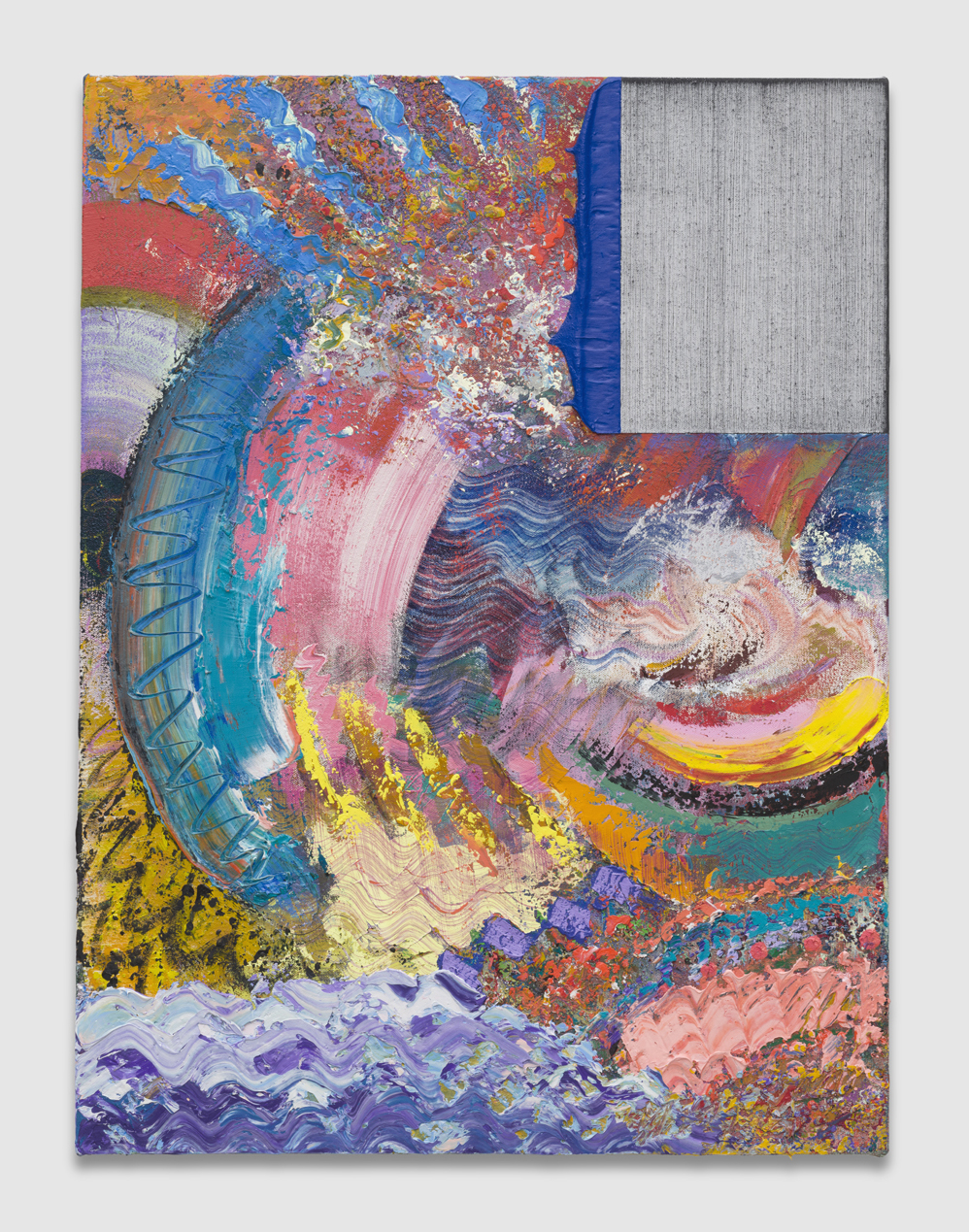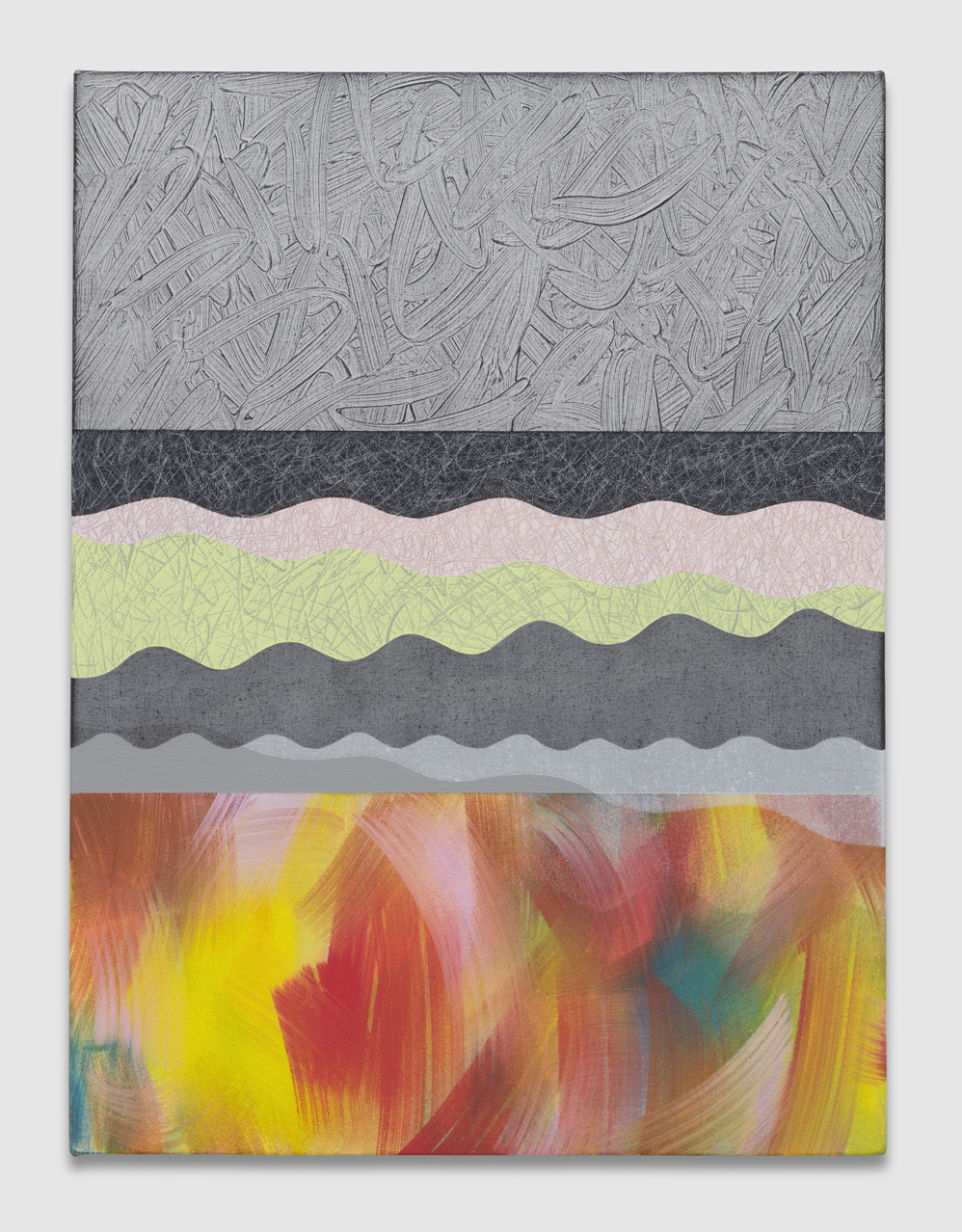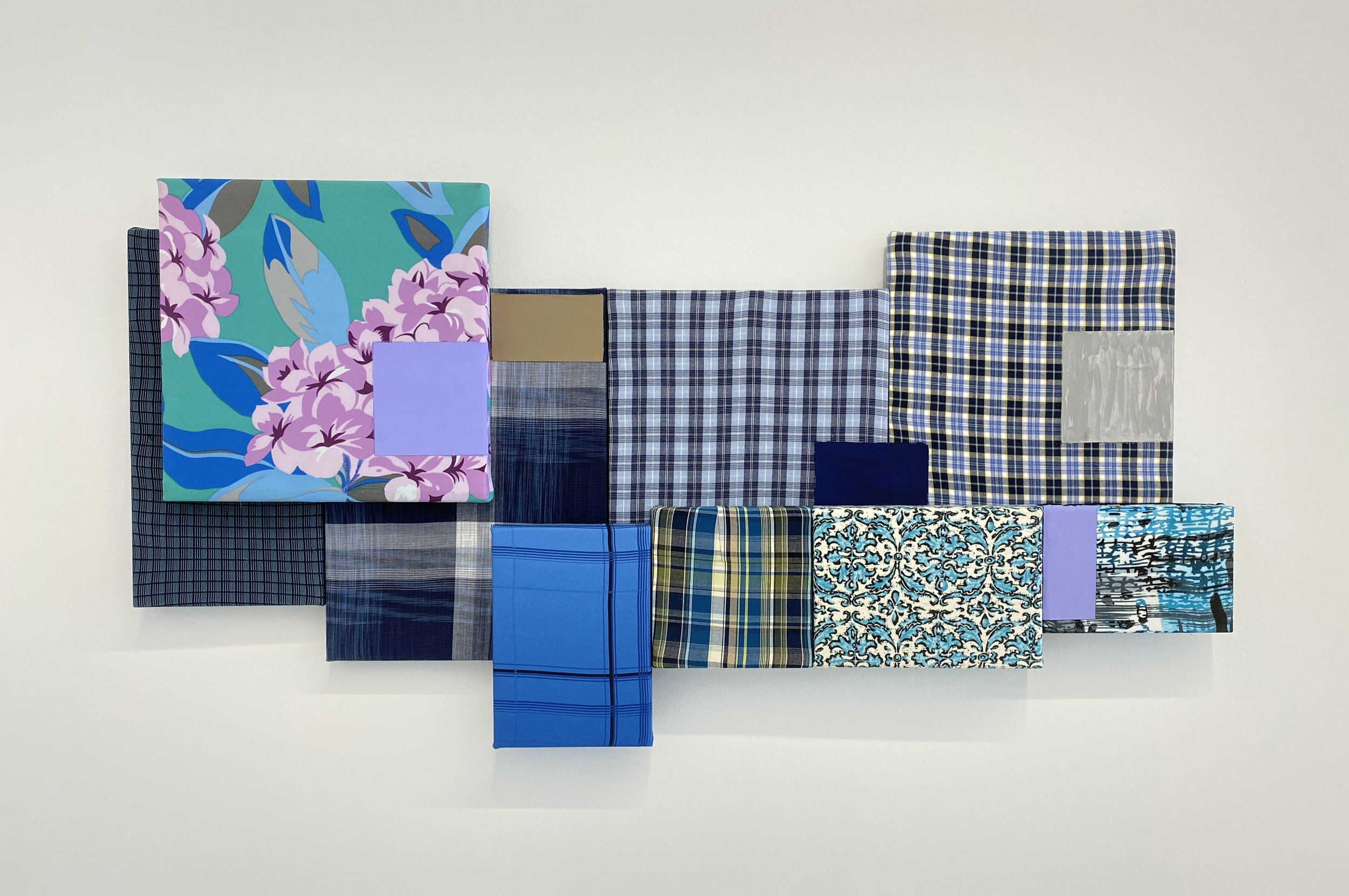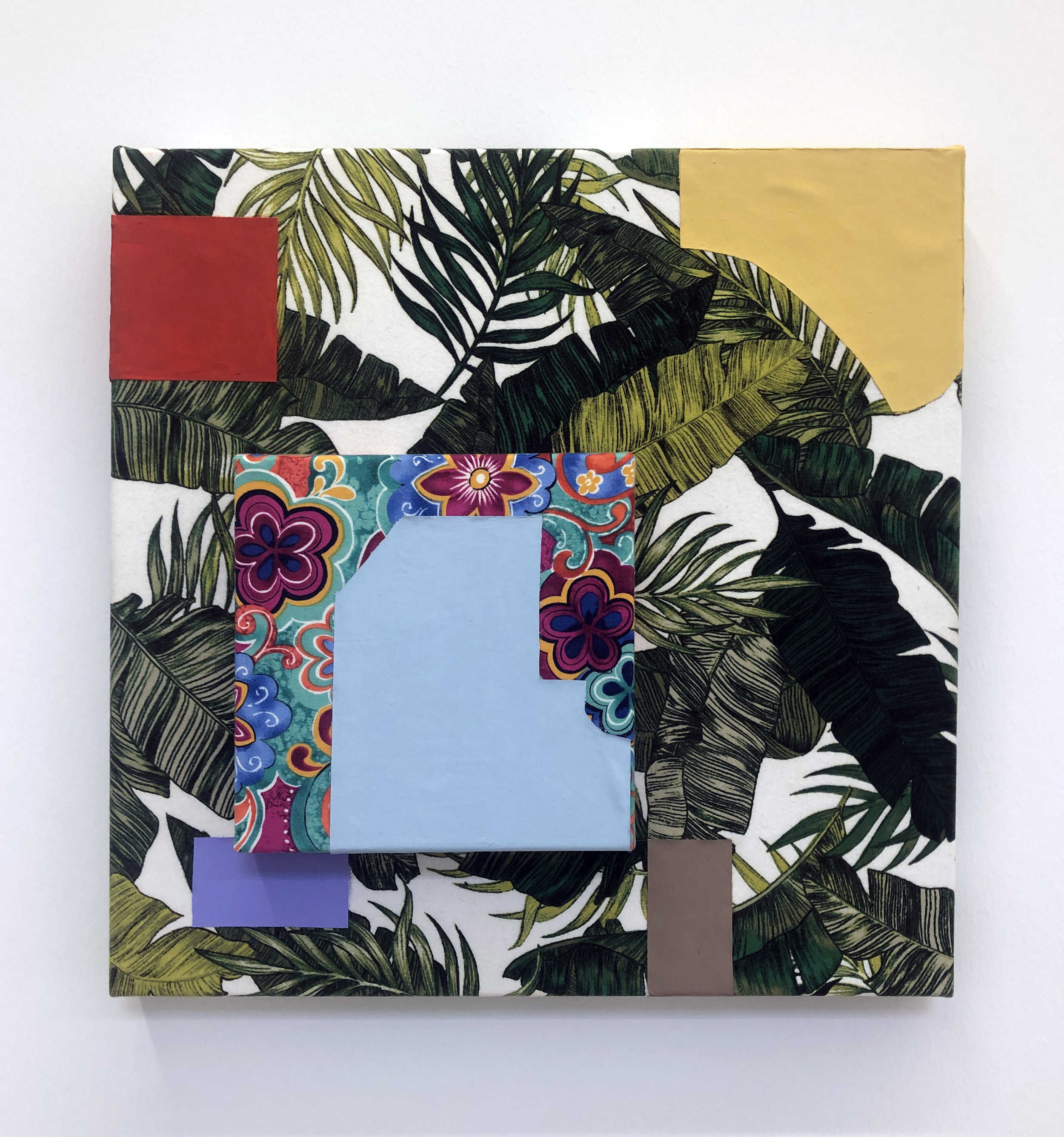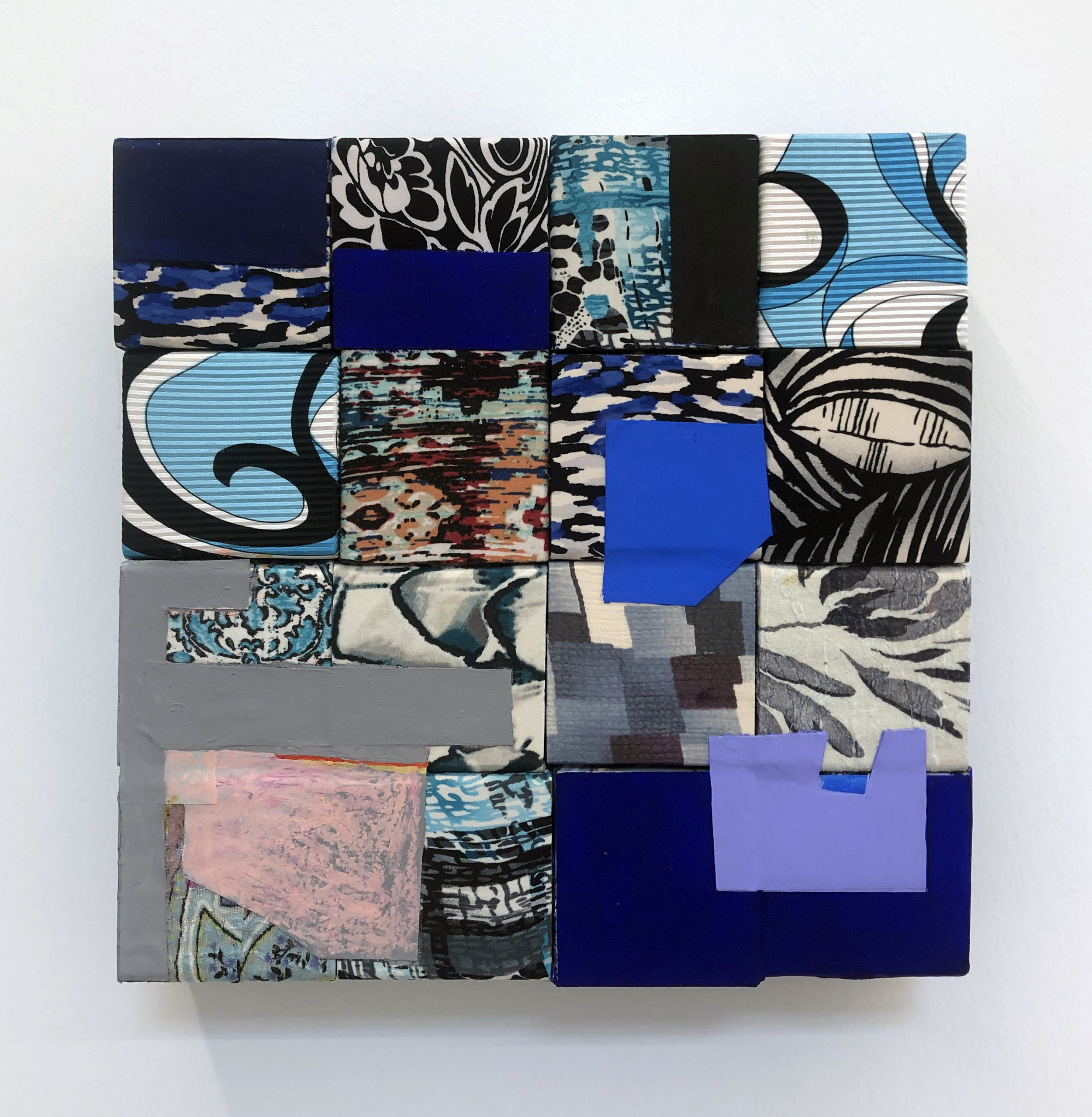Alex Olson & Nancy Shaver: Waters
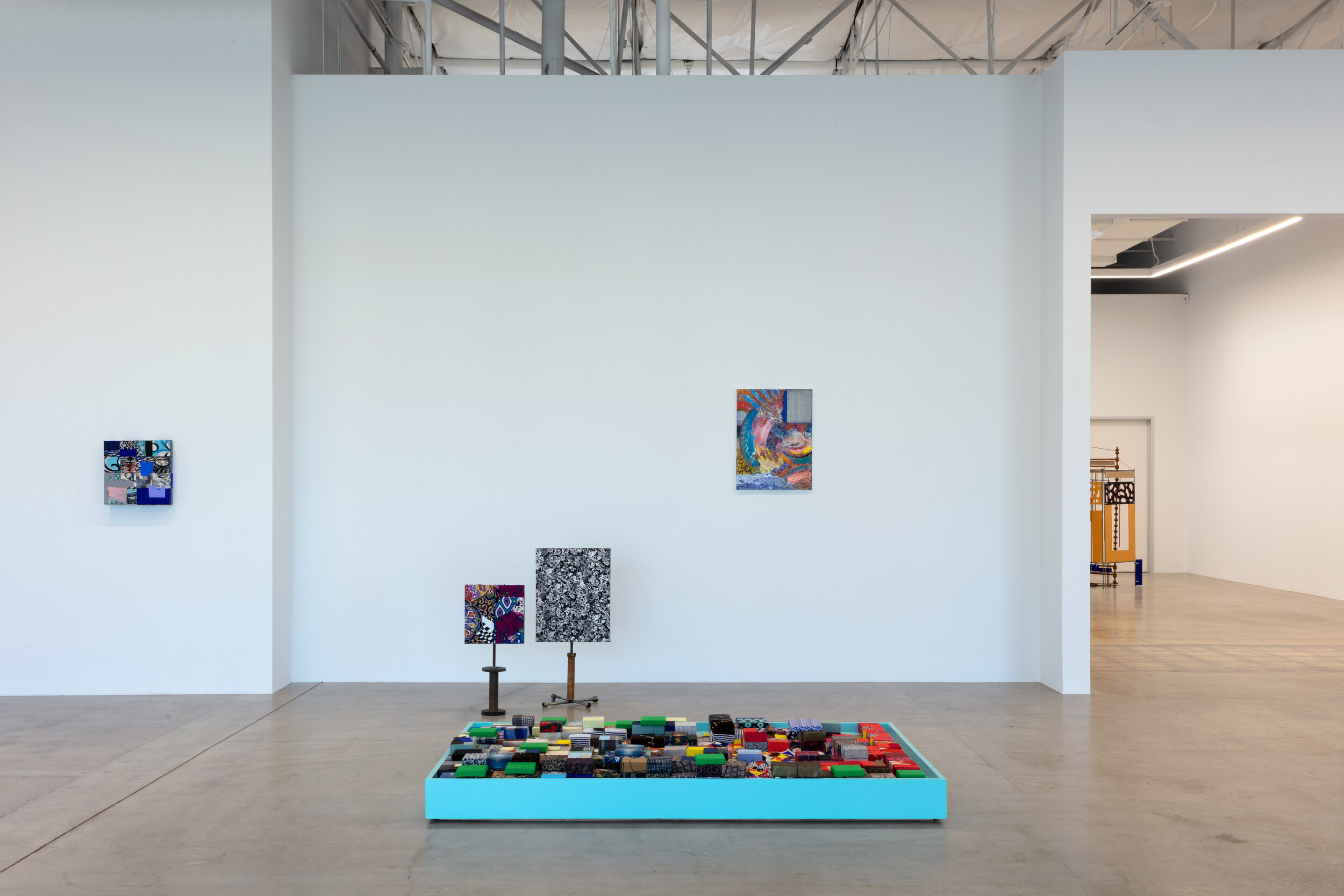
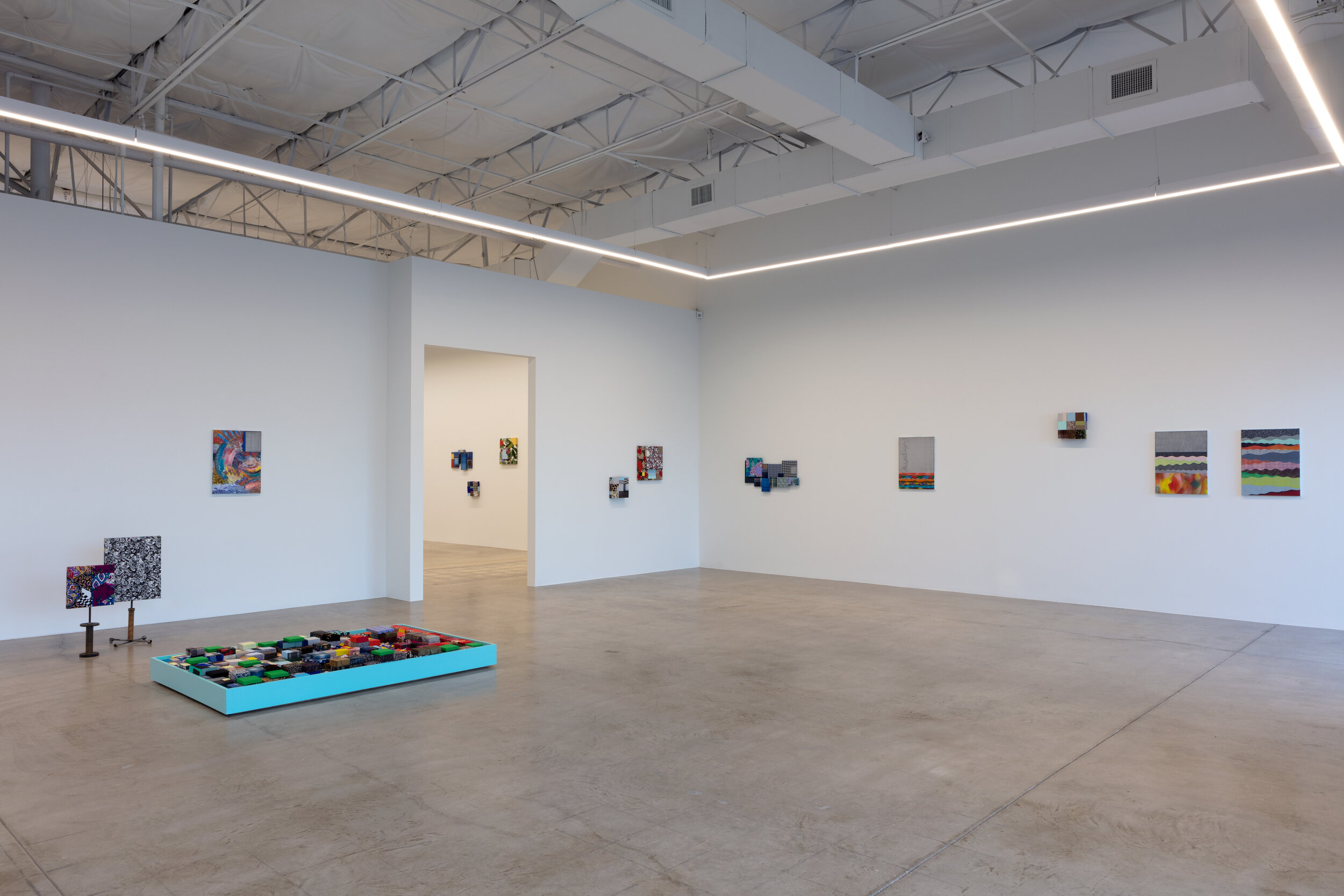

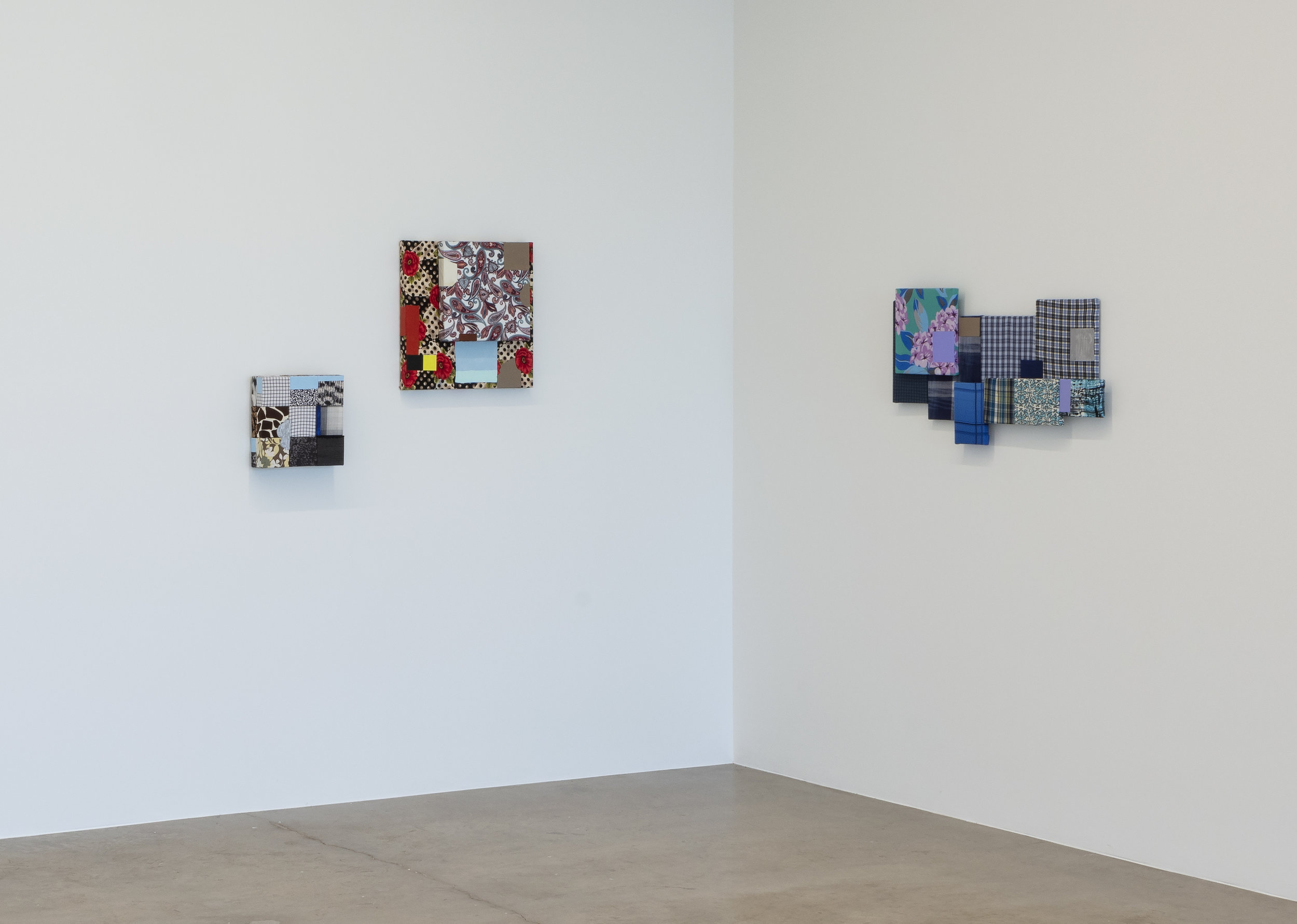

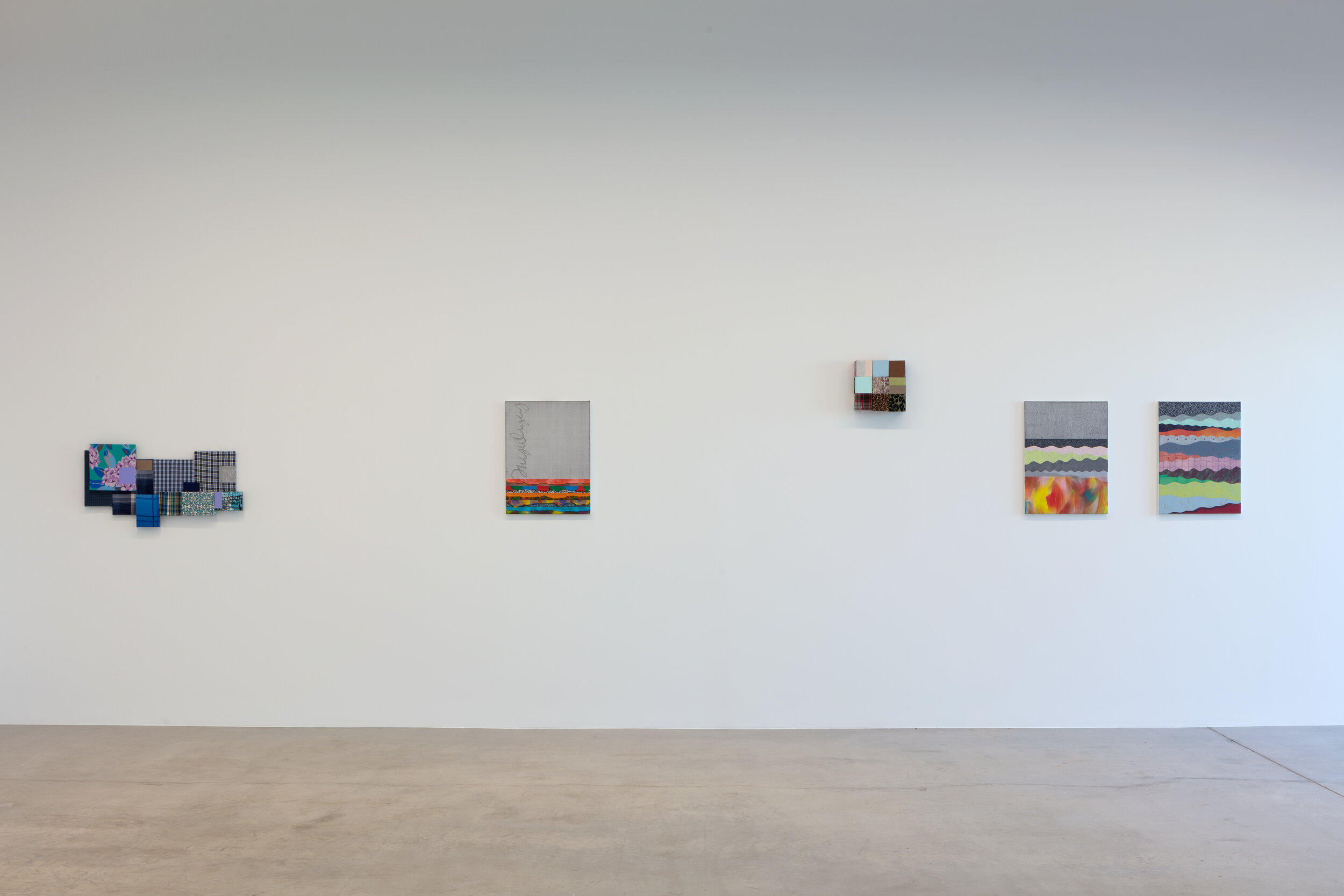
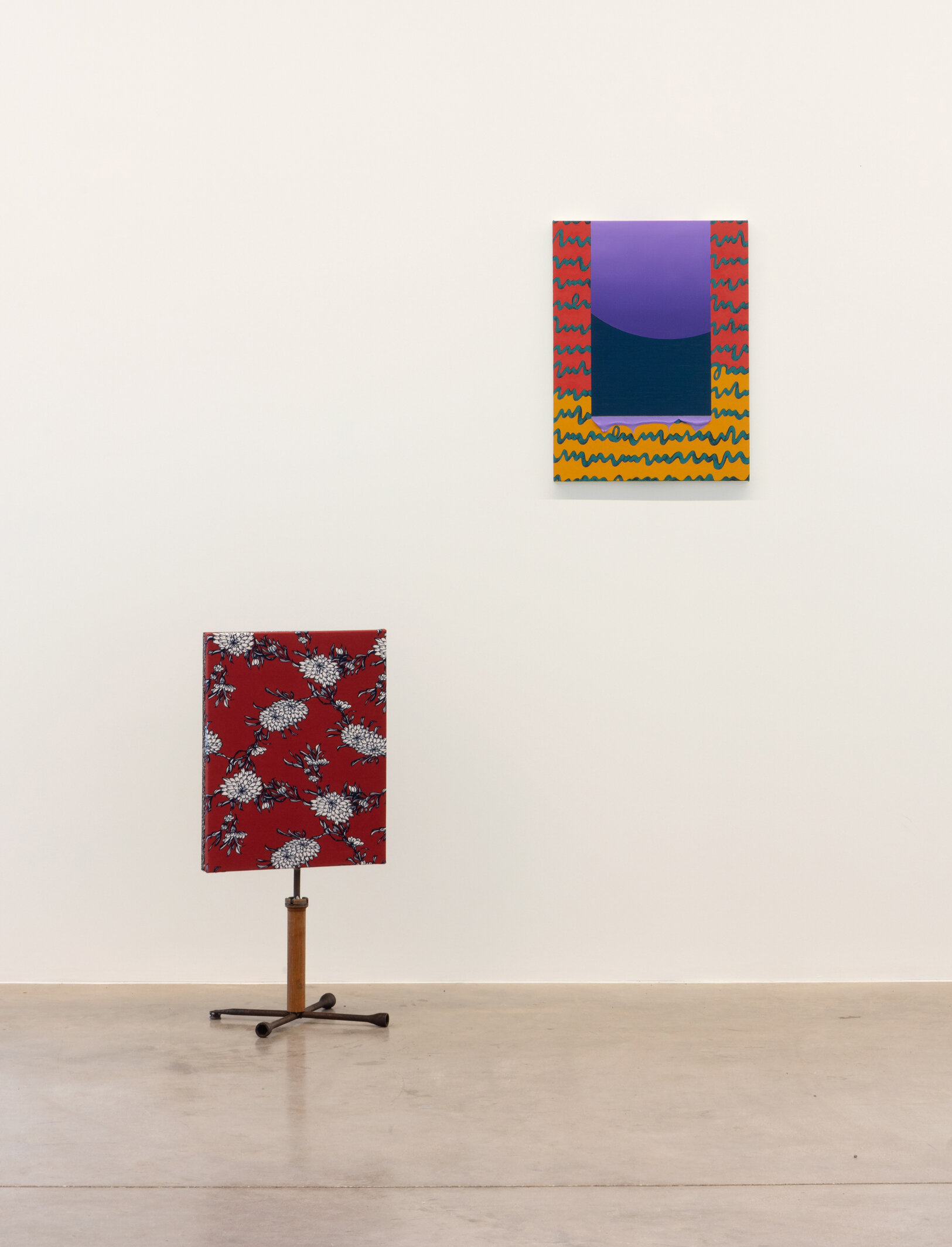
Temps—
Go to a pool or river or lake or sea every day now. Slip in. It’s the only thing that helps, that breaks the sense of emergency. Heat waves and hot flashes ripple all over and shudder through the body, a hormonal sensation of upheaval and undercurrent riptide amplified on the planetary level. They say if you float for five minutes a day and get a good dose of weightlessness and timelessness, you have half a chance of making it through. That is, presuming you even want to make it through. Panic is just a waste of time, a misdirection of energy—and we need all the time and energy we can get. Which is why you must go to the pool, every day now.
OK, you say, I’ll take those odds. But where is the pool? And who’s at the pool? If the pool is my bed or my studio, I’m totally in. And since everything is always necessarily a metaphor for something else, because my brain only works by making connections, yes, the pool is the studio where new paintings and sculptures splash and swim and swirl together. Sometimes it is an oasis or a dizzying whirlpool or a sudsy washtub or a drowning pit. Sometimes it is a big blue lake, cool and serene. Sometimes it is a puddle, muddy and buggy.
Planes—
If we’re wading in, I’d prefer to walk the shallow waters and linger along the shore, listening to softly lapping waves and gurgling whitewash, with its crash and spray fizz. The hydroplaning zone. Studying at the edges of things where liquid and solid meet and slide over or under each other. Entranced by phase shifts between fluid and firm, melting ice or drying paint. Lulled by the cyclicality of tides with an incessant parade of sets upon sets of waves. Over and over, one on top of another. Feeling the weight and pull of an accretion more energetic than material.
Surfaces—
Floating on the surface of the current are small rafts, buoys of modular bits or bytes or pixels clustered together in a display that shows off both abundant variety and measured scarcity. You can feel the surface tension through the fact of their unlikely buoyancy. And how breaking the surface is not the same as seeing below it. Any breach self-heals, any gap re-seals. She is always thinking about how we read a surface and what is below, what is roiling and covered up underneath. Again and again, she breaks through, chasing a reveal. It is less a break than a wipe, a slow squeegee swipe. She is cleaning up, uncovering, excavating. She sweeps the top film up and over, showing vivid verso arc and curl over rococo recto.
Words—
She said splish splash but meant pish posh.
She said ebb and flow but meant hobnob.
She said marco polo when she was supposed to say fish out of water.
She said wishy washy instead of rinse and repeat.
Words are like shapes of pattern and texture that way, little pieces found at the store or on the floor, picked up rather by chance and cut from dresses and skirts and shirts to be draped and wrapped over silent thought, inchoate attractions. Pattern-wrapping of words, which conceals as it preserves, radiates deep feeling and care for the formation and fragility of each thought-object body. Facades are structural and strong, the construction of representation. When it came to the surfaces she lay over each thought body, she liked to clash. She had great panache. Like you could never use decorations in combination together oddly enough, never interrupt the flow of vision sharply or brashly enough, never flicker and flair garishly enough. She said, of the many kinds of waters I am interested in, I am perhaps closest to John.
Her panache for clash derived from an abstract aspirational musing, when does pattern turn into texture? Is there a switch that gets flipped? A threshold crossed that could be drawn? She’s gonna find out. Something to do with relief. And then, additionally, the overlay of one pattern on top of or through another texture can get pretty head-spinning and psychedelic. Because you got to lose your optical grip every once in a while. Got to get in touch with that basic, physiological level of uncertainty, self-doubt.
Ripples—
Or the verbness of water and how it is an active agent, a moving force, a directing body. To water a plant, grow a garden; to be like water, to flow and cascade and be awash. And the resonant language around it, from streams of consciousness to upstream color to live-stream. The woman named Woolf who wrote about the waves and a lighthouse walked into the water and never walked out. What about all those double-yous: woman, write, waves, walk, water…? Yes, water will work well. This art is, like most things I love, basically an excuse to spend time together, to work together, to connect, to dialogue, to think through something (anything) with someone you admire, to hang out far apart and across generations, to be in cahoots, to share excitements and excite each other.
- Sarah Lehrer-Graiwer
………
For its inaugural exhibition, 12.26 proudly presents Waters, a two-person show of new paintings by Alex Olson and sculptures by Nancy Shaver. The gallery will host a reception for the artists on Saturday, September 28th from 7:00 – 10:00 pm.
Waters reflects a dialogue between Shaver and Olson around the theme of water as a lens for approaching their individual works. Contemplative, as verb, as surface, rising waters, John Waters—all are on the table for consideration.
Alex Olson (b. 1978, lives and works in Los Angeles, CA) received an MFA from California Institute of the Arts and a BA from Harvard University. She has previously exhibited at Altman Siegel, San Francisco; Shane Campbell Gallery, Chicago; Park View/Paul Soto, Los Angeles; Laura Bartlett Gallery, London and Lisa Cooley, New York. Olson’s paintings are held in several public collections including the Dallas Museum of Art, Los Angeles County Museum of Art, Hammer Museum, Los Angeles, Museum of Contemporary Art Chicago and Walker Art Center, Minneapolis. She received the Nancy Graves Foundation grant in 2010.
Nancy Shaver (b. 1946, lives and works in Jefferson, New York) work has been presented internationally in public and private venues including the MoMA, New York; Los Angeles Museum of Contemporary Art, Museum of Contemporary Art, Los Angeles; The Aldrich Contemporary Art Museum, Ridgefield, Connecticut; VIVA ARTE VIVA, 57th International Exhibition of Art, La Biennale di Venezia, Venice, Italy; Atlanta Contemporary; MoMA PS1, New York; She received a Guggenheim Foundation Fellowship in 2010 and a grant from the Pollock-Krasner Foundation in 1993.


